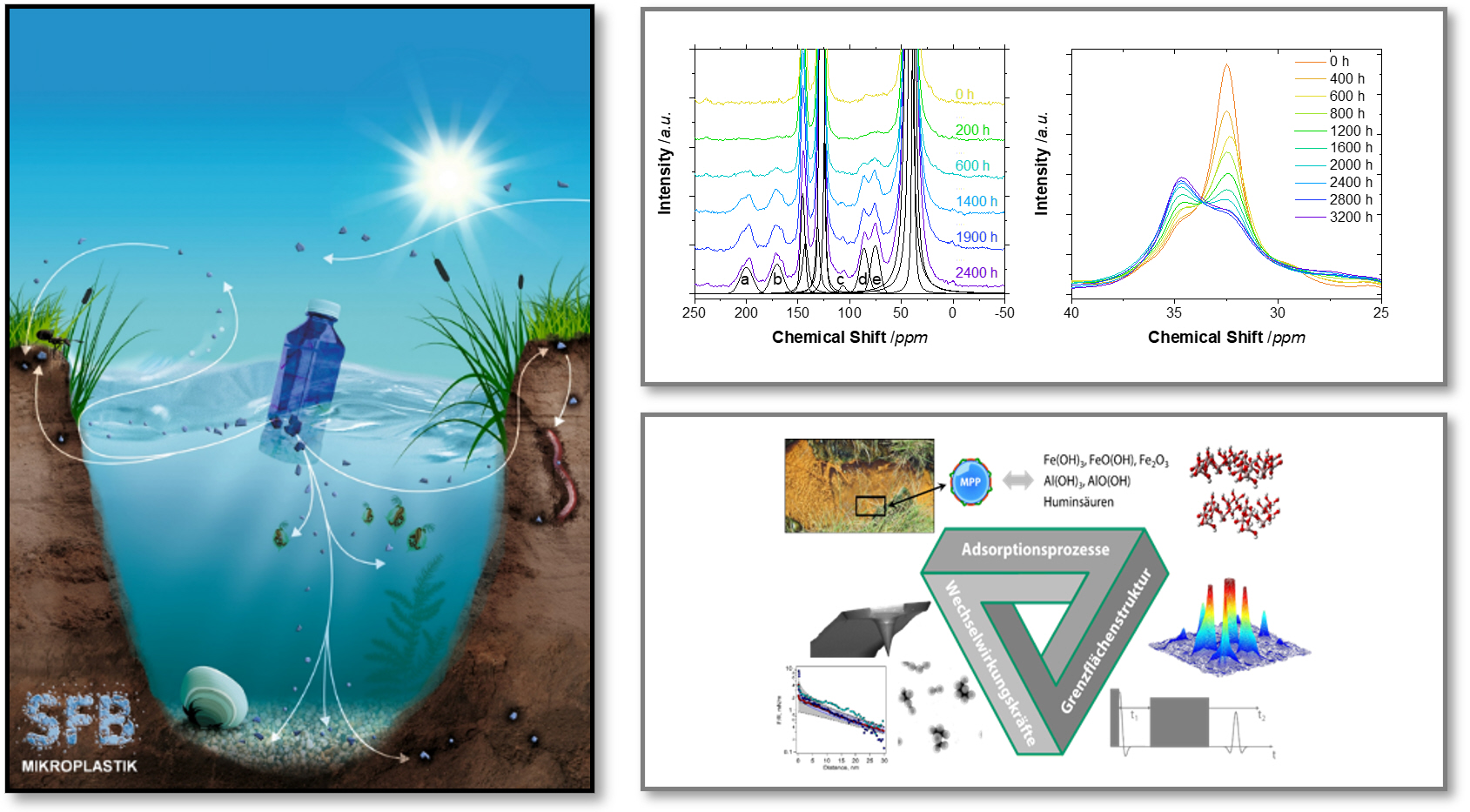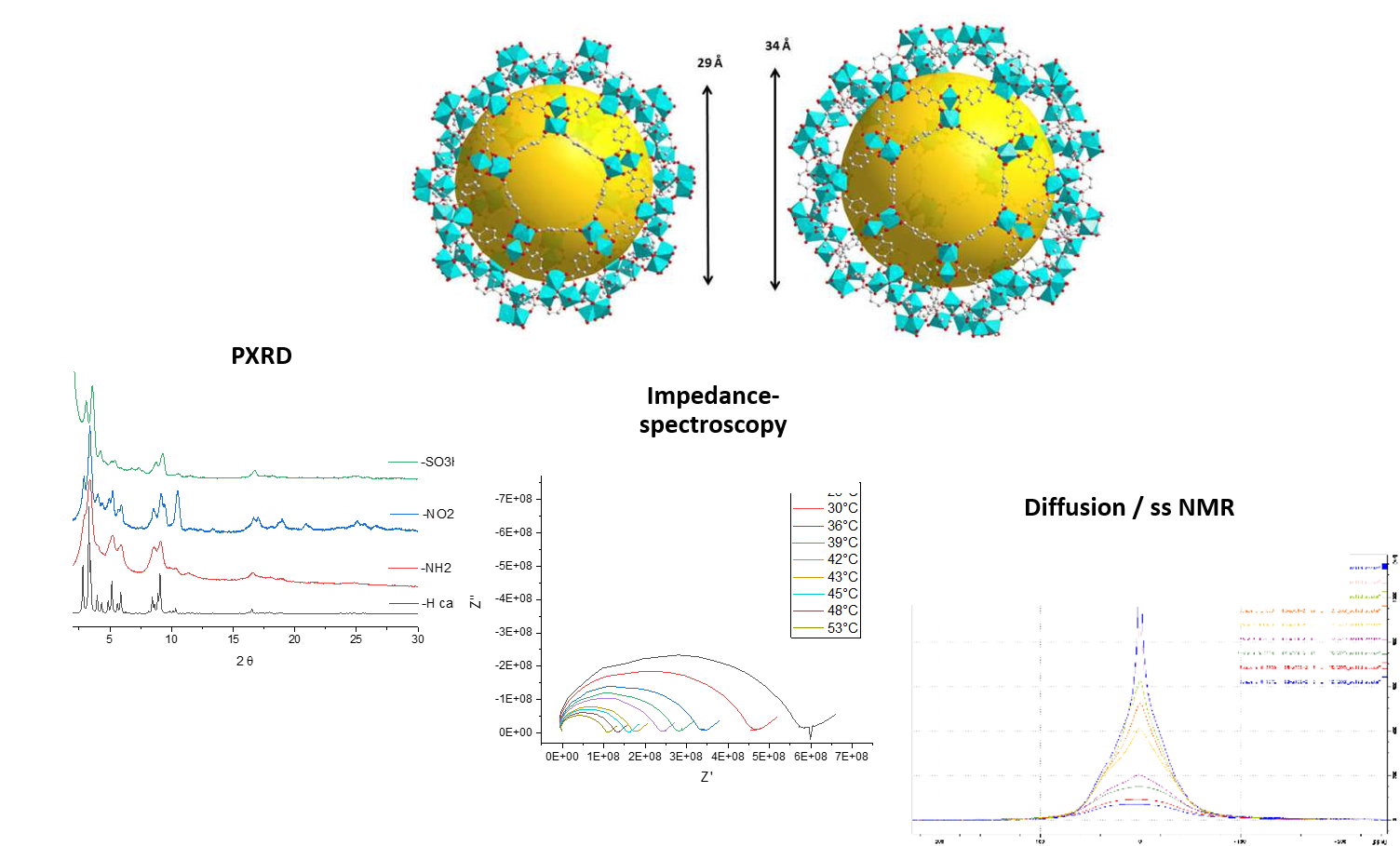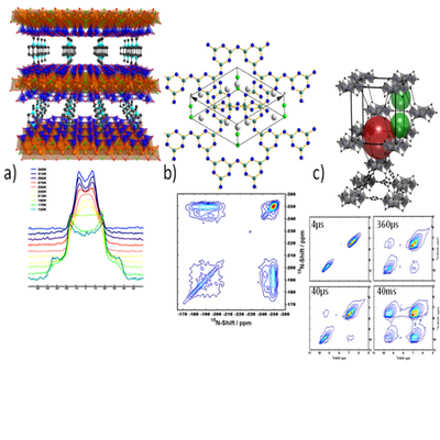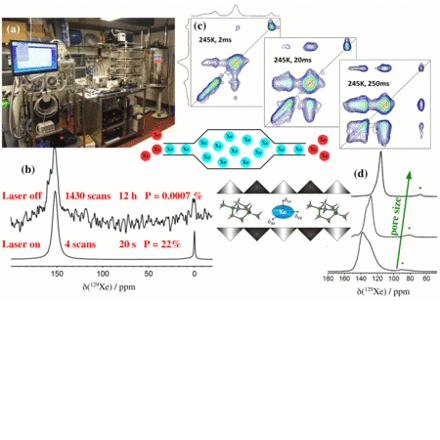Research Senker Group

Porous organic polymers
Contact: J. Güllich, M. Bettermann
Porous organic polymers (POPs) exhibit outstanding physicochemical properties combined with high surface areas as well as chemically modifiable structures and are thus in line with other porous solid materials like carbons, zeolites or metal organic frameworks. Our goal is the design of new POPs with focus on gas-sorption/separation and ion conduction properties. ...more

Microplastic
Contact: A. Mauel, M.Meinhart
The pollution with microplastic is one of the major environmental crises of our time. However, the degradation processes under natural conditions and the interplay between microplastic surfaces and surroundings are not fully understood yet. As part of the microplastic SFB at the University of Bayreuth, we want to shed light on these important questions of the 21st century. ...more

Metal Organic Frameworks
Contact: P. Länger, H. von Wedel
Metal Organic Frameworks (MOFs) exhibit extraordinary high surface areas. As such these materials are suitable candidates for gas separation, conductive membranes and catalysts. In our group we synthesize new MOFs and optimise the synthesis routes of known MOFs and perform post-synthetic modifications. ...more

NMR crystallography
Contact: R. Siegel, S. Pappler, T. Fischer
NMR crystallography combines the complementary techniques of solid-state NMR, powder diffraction and computational chemistry. While diffraction experiments reveal topological data, sold-state NMR unravels connections, distances and orientation relations on local and intermediate length scales. Molecular modelling and quantum chemical simulations help to create meaningful model structures. By this we intend to improve structure elucidation of semi- or microcrystalline materials as well as partially ordered compounds which are all rather difficult to investigate via the standard analytical methods. A broad variety of materials can be investigated by our approach. ...more

Solid-state NMR techniques using hyperpolarized Xenon
Contact: M. Meinhart
Spin-exchange optical pumping (SEOP) is a process in which the angular momentum from an alkali valence electron is transferred to the nucleus of a noble gas atom. Such techniques can enhance the 129Xe polarization by three to five orders of magnitude, making it a unique tool to study surface conditions of particulate, mesoscopically structured materials. Nanoparticles with anisotropic properties are often surface dominated with long ranged hierarchical structure. ...more
